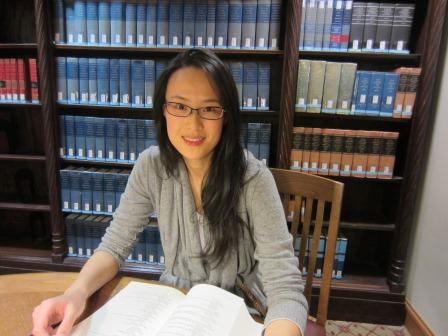A post from our student blogger Sarah Goodman
The latest blog emphasized the importance of incorporating alternatives and variations when drafting patent applications. The purpose of this practice is to produce a higher quality patent application and protect a client against competitors. An additional technique to strengthen a patent is the use of examples. Examples in a patent application are specific embodiments of the invention. Inclusion of examples is not always required by a patent examiner. However, it is good practice to describe different embodiments of the invention especially in the unpredictable scientific fields like chemistry and genetics.
An example is a detailed description of an embodiment of the invention. Examples may include a description of how to make the invention, how to use the invention, and specific details of an embodiment. Specific details such as the temperature at which a reaction was run or compositions from which a product was manufactured can assist in demonstrating enablement of the invention. Increasing the number of examples often broadens the scope of the claims by distinctly pointing out different features of the invention.
There are two types of invention embodiments that can be included in a patent application: prophetic examples and working examples. According to MPEP 2164.02, a working example is based on an experiment that was actually performed. A working example may include testing conditions, usability conditions, specific compositions, and experimental results. A prophetic example is based on predicted results when the experimental work was not yet actually conducted. Prophetic examples may include simulated test results, calculations, and theoretical experiments.
There is a correlation between the need for working examples and the complexity and unpredictability of the field of the invention. Descriptions of example embodiments may be the best way to demonstrate the utility and function of some inventions. Including examples in a patent application can be very helpful in fulfilling the requirements set forth in the MPEP for enablement under 35 U.S.C §112(1). In our MSPL program, we are currently drafting the examples for the patent application portion of our capstone projects.

